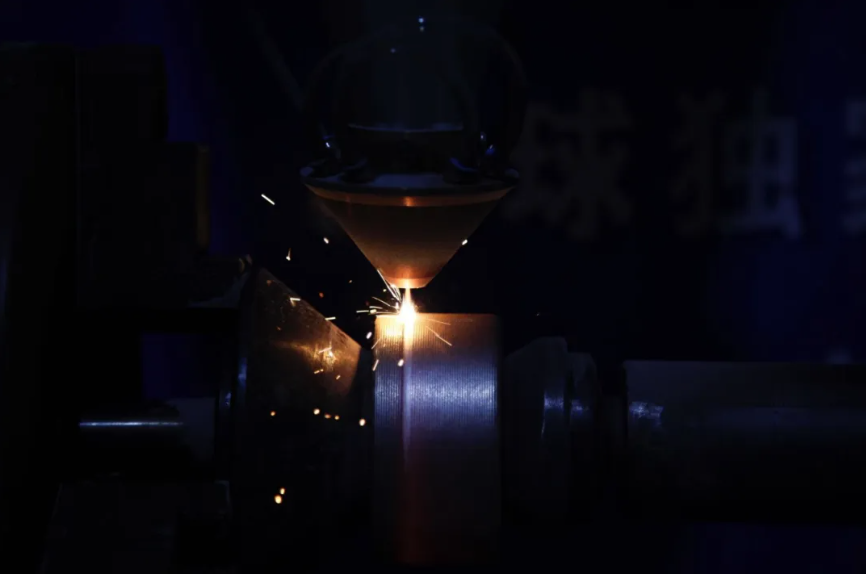5 Solutions for Laser Welding Defects
With the development of industrial manufacturing in the direction of high-end, intelligent, green, new energy vehicles, lithium batteries, semiconductors, and emerging markets demand-driven, the demand for laser welding has been continuously stimulated, the scope of application and the market continues to expand. Especially in the fields of consumer electronics, new energy vehicles, and other fields, the requirements for laser welding are becoming more and more high, providing a huge market space for laser welding.
However, any processing method without a good grasp of its principles and processes will produce certain defects or defective products, laser welding is no exception. Only a good understanding of these defects, and learning how to avoid producing these defects, in order to better utilize the value of laser welding, processing the appearance of fine, high-quality products. MAX welding application engineers through the accumulation of long-term experience, summed up some common welding defects in the solution for industry colleagues to refer to the exchange!
1. Cracks
Laser continuous welding cracks produced in the main thermal cracks, such as crystallization cracks, liquefaction cracks, etc., the reason is mainly because the weld is completely solidified before the production of large contraction force caused by filling wire, preheating, and other measures can reduce or eliminate cracks.
2. Air pore
Porosity is a defect that is more likely to occur in laser welding. The molten pool of laser welding is deep and narrow, and the cooling rate is very fast, so the gas generated in the liquid molten pool does not have enough time to escape, which can easily lead to the formation of porosity. However, laser welding cools fast, resulting in porosity that is generally smaller than traditional welding. Cleaning the surface of the workpiece before welding can reduce the tendency of porosity, and the direction of blowing will also affect the generation of porosity.
3. Splashes
The spatter produced by laser welding seriously affects the surface quality of the weld and will contaminate and damage the lens. Spatter and power density have a direct relationship, appropriate reduction of welding energy can reduce spatter. If the depth of fusion is insufficient, the welding speed can be reduced.
4. Edge biting
If the welding speed is too fast, the liquid metal pointing to the center of the weld at the back of the small hole will not have time to redistribute and solidify on both sides of the weld to form a nibbling edge. The joint assembly gap is too large, filler melted metal is reduced, also prone to bite edge. Laser welding end, if the energy drop time is too fast, the hole is easy to collapse, resulting in localized biting, control power, and speed matching can be a good solution to the generation of biting.
5. Collapse
If the welding speed is slow, the molten pool is large and wide, the amount of molten metal increases, and the surface tension is difficult to maintain the heavier liquid metal, the center of the weld will sink, forming collapses and craters, and at this time, it is necessary to appropriately reduce the energy density to avoid the collapse of the molten pool.
With a proper understanding of the defects that occur during the laser welding process and the reasons that lead to different defects, you can be more focused on solving the problem of weld anomalies during the laser welding process.







Comments
Post a Comment